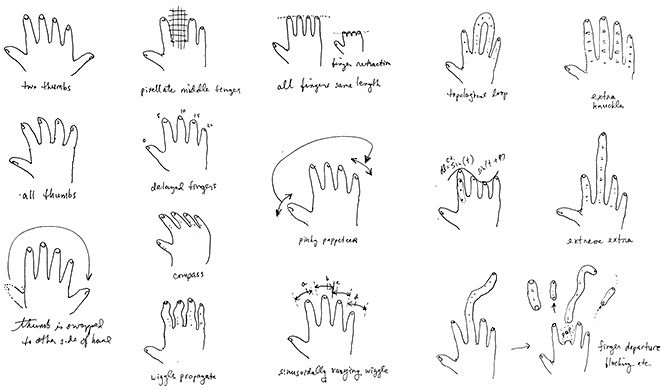Stanford scientists discovered that the brain's internal navigation system impairs with age, a finding that mirrors human spatial memory decline. The study in mice also identified "super-agers" with resilient brain function, offering genetic clues for future therapies.

October 5, 2025

Source:
ScienceDaily
Age Impairs Brain's Navigation System
Scientists at Stanford Medicine have discovered that the brain's internal navigation system can fail with age, a finding that closely mirrors spatial memory decline in humans. The study, conducted on mice, provides a critical model for understanding why remembering familiar places becomes more difficult later in life.
The research demonstrated that the brain's "GPS" becomes less reliable over time.
Decline in Spatial Recall
In the study, older mice showed significant difficulty in recalling and navigating familiar environments compared to their younger counterparts. This observation provides direct evidence of the link between aging and the deterioration of the cognitive mapping system.
Older mice struggled to remember familiar locations.
This decline is consistent with age-related spatial memory loss observed in humans.
The findings pinpoint a specific brain function affected by the aging process.
Keep up with the story. Subscribe to the PR+ free daily newsletter

Source:
mobeets
'Super-Agers' Defy Cognitive Decline
A fascinating subset of elderly mice in the study, termed "super-agers," maintained youthful brain function. Their brain activity patterns for spatial memory were nearly indistinguishable from those of young mice, suggesting a natural resistance to cognitive decay.
This phenomenon mirrors observations of human "super-agers," older adults who retain exceptional cognitive performance.
Genetic Clues to Resilience
The research uncovered genetic markers associated with this resilience, opening new avenues for scientific exploration. These findings suggest that an innate resistance to cognitive aging exists in some animals and, potentially, in humans. Identifying these genetic factors is a crucial step toward understanding how to protect the brain.
Related work from Stanford has also linked brain health to longevity, with studies showing that individuals with biologically "young brains" tend to outlive their peers, regardless of their chronological age.
Read More

Source:
mobeets
Share this news:




















